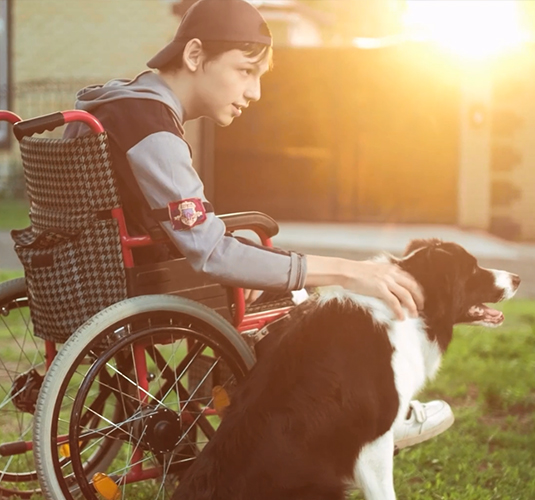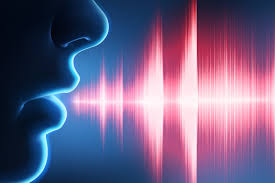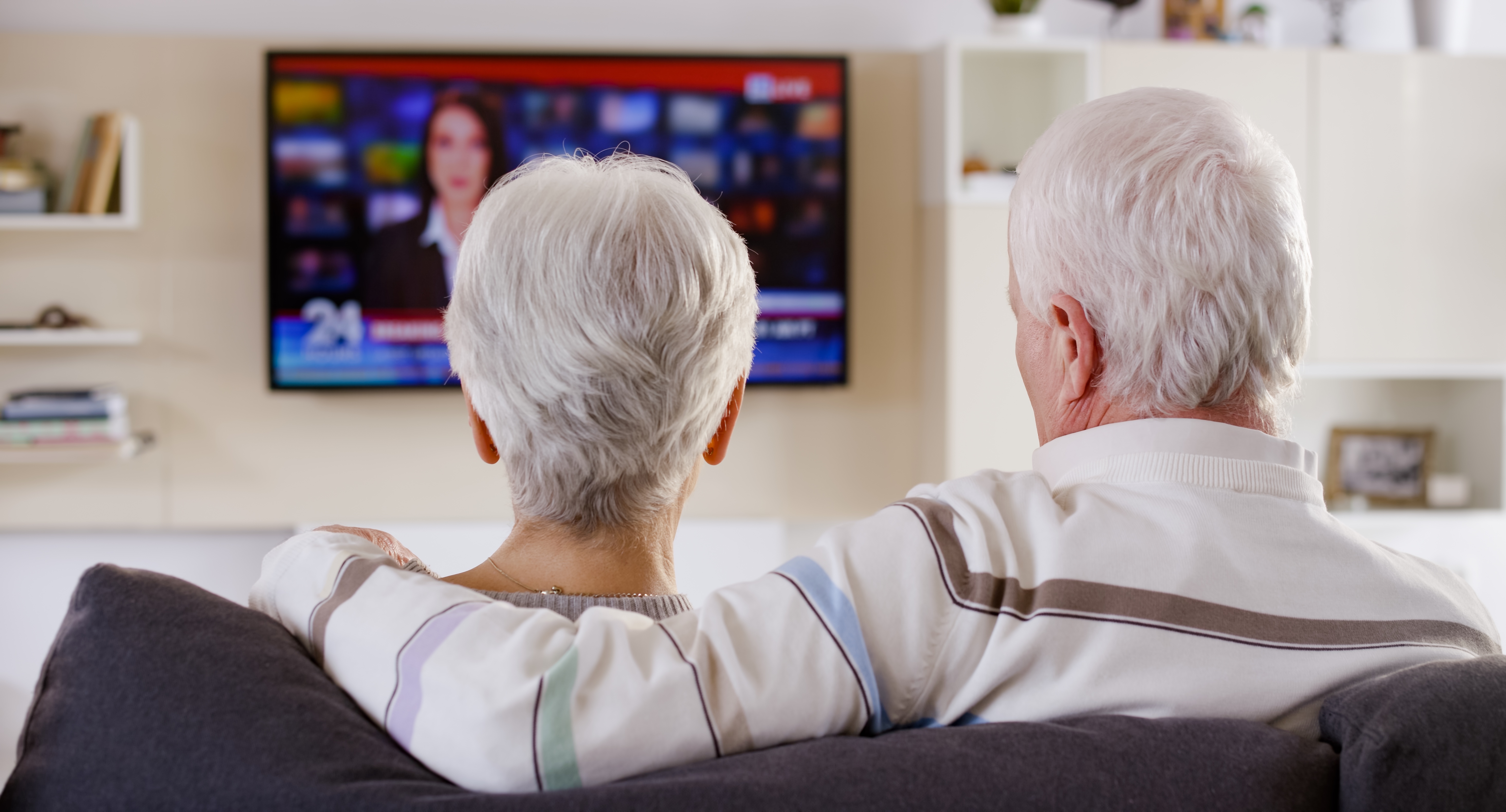Home healthcare providers are finding new uses for Amazon’s Alexa that go far beyond checking the weather, opening the front door, playing music and ordering pizza. The smart speaker technology platform is also becoming a valued – and valuable – in-home health aide.
Los Angeles-based Libertana Home Health, one of California’s largest home health providers, deployed Amazon Echo Dot to hundreds of patients living at five independent living units in Valencia last year. Residents can check their daily schedule, connect with caregivers, schedule appointments, play games or music and even be reminded about medications and health tasks.
All by simply calling out to Alexa. “It becomes a companion,” says Debra Harrison, RN, manager of public subsidized housing for Libertana. “It gives them a (round-the-clock) link to a caregiver while still giving them back their independence.”Above all else, Harrison says they wanted to provide a virtual companion who would be there for elderly and physically challenged residents coming to grips with diminished physical and mental skills, yet still wanting to live at home and independently. The new technology had to be welcomed into the home, while giving gentle reminders to take one’s prescribed medication or check one’s blood sugar or blood pressure. This challenged the occupational therapists to get Alexa accepted, especially by the elderly.
“It comes alive, in a way, and it becomes very, very personal,” she says. “It becomes a friend to them.”From an economic perspective, home health providers say they can conduct four patient checks-ups in the time it used to take them to do one.
Practitioners generally agree that proactive case management of quadriplegics is a key factor in minimizing health care costs. The Brain and Spinal Cord Injury Program under Florida Department of Health manages over 500 SCI and TBI patients on a long-term managed care basis. Case managers have at least monthly face-to-face contact with their patients to check on conditions – skin integrity, proper caregiver handling processes, medications, etc. But Florida is a big state and many patients live in rural locations, many hours away. Also, a lot can happen in a month – a minor redness in the sacral area can become a stage I pressure sore in that period if not treated.
The agency chose to deploy Alexa-based systems using the Show monitors to their highest-risk patients, those that live alone for example. BSCIP found that they can now “drop in” for video chatting on their cases weekly – without ever leaving their office. This allows them more proactive case management and drives health care costs down. They also learned that patients require fewer caregiver hours since the patients are more equipped to handle tasks on their own. For example, the caregiver does not need to wait around for the UPS delivery to arrive since the patient can see and talk to the visitor and unlock the door.
In SummaryWe are early in the application of smart speaker devices, but smart health care providers are getting on the bandwagon now. It’s pretty obvious that companies like Amazon and Google can influence our social directions – more manufacturers are adapting their products to “Work with Alexa”. The following list cites products we are aware of through Sep-2018 which can be connected into a smart home.
As health care costs continue to rise, “working smarter not harder” makes sense. And these devices are smart and will only get smarter …….




